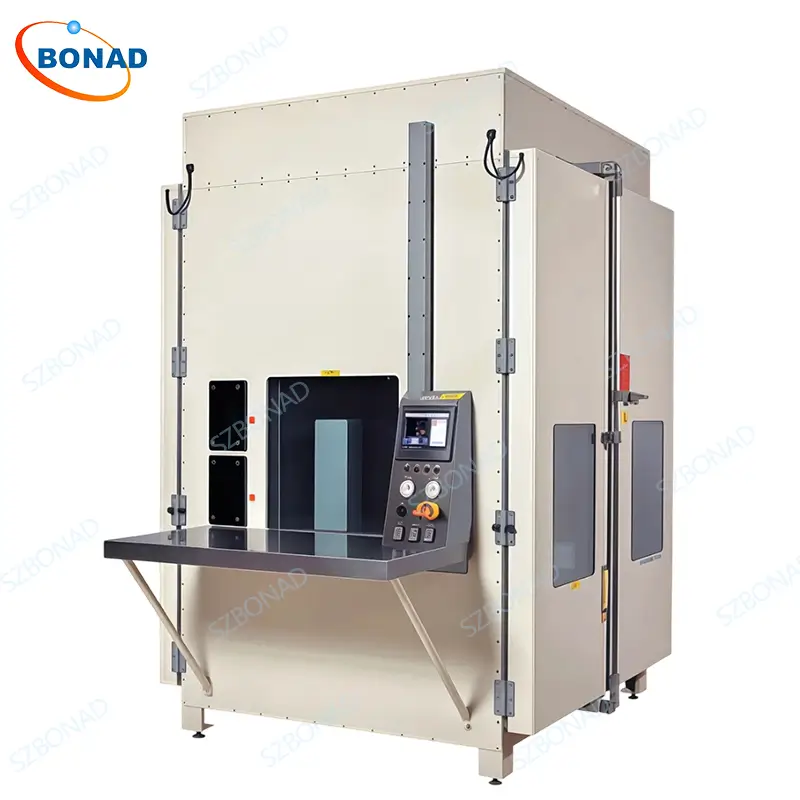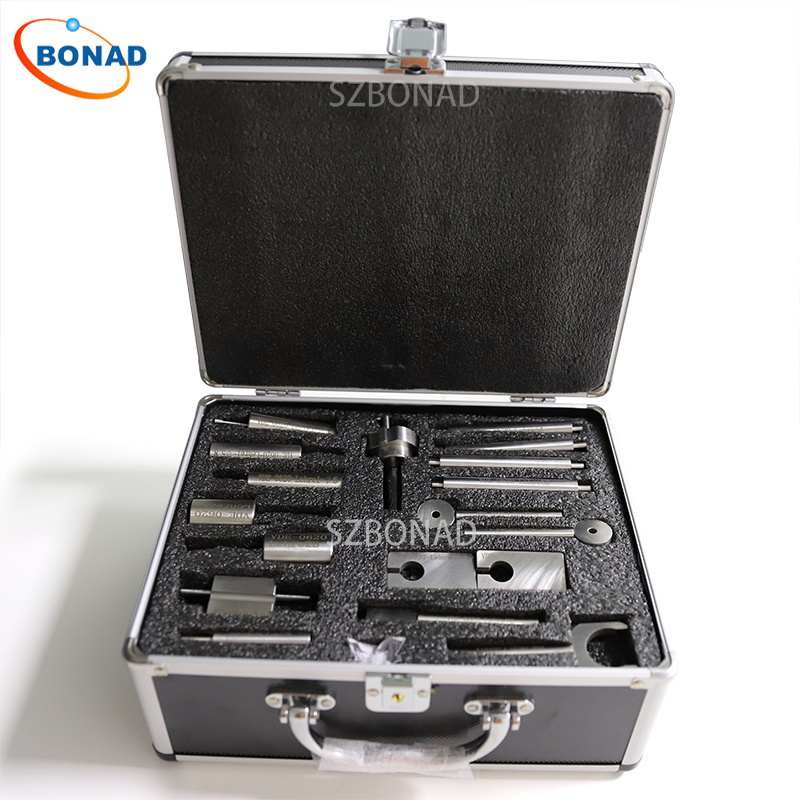Core Goals of HALT and HASS
HALT (Highly Accelerated Life Testing) aims to identify design weaknesses during the product development phase by applying extreme environmental stresses, such as rapid temperature changes and vibration. HASS (Highly Accelerated Stress Screening) is used in production to eliminate early-life failures and ensure product quality. Both methods focus on acceleration—using stresses far beyond real-world conditions to simulate long-term issues in a short time.
The HALT and HASS Testing Chamber plays a critical role in this process. It provides a wide temperature range (from extreme cold to high heat) and supports rapid temperature change rates, meeting the stringent requirements of HALT/HASS testing.
Technical Features of HALT and HASS Testing Chambers
Compared with traditional benchtop test chambers, the walk-in design is more suitable for large products or batch testing. Key features include:
- Large Capacity: Accommodates full-sized equipment or multiple products simultaneously, ideal for automotive components, energy storage systems, and other large samples.
- Wide Temperature Range: Typically covers -70°C to +150°C, with some models extending to more extreme ranges.
- Rapid Temperature Change: Supports rates of 10°C per minute or higher to accelerate stress application.
- Uniformity Control: Ensures even temperature distribution through multi-duct design and intelligent airflow management.

Practical Application Examples
In the renewable energy industry, battery module reliability is critical for vehicle safety. Using a HALT and HASS Testing Chamber for HALT testing simulates performance degradation and seal failures under extreme cold and heat in a short time. During HASS, temperature cycling screens mass-produced battery packs to eliminate defects like poor welding or material flaws.
Another example is industrial electronics. One company found that its controllers occasionally failed in low temperatures. HALT testing identified the issue as inadequate low-temperature performance of a specific capacitor, and improvements significantly reduced failure rates.
Selection and Usage Tips
When selecting a HALT and HASS Testing Chamber, consider:
- Temperature Range and Rate: Choose based on testing standards, such as military requirements of -65°C to +150°C.
- Load Capacity: Account for heat generated by test samples to avoid temperature field interference.
- Extended Functions: For combined vibration testing, select models with integrated vibration tables.
During use, regularly calibrate sensors and avoid frequent door opening to maintain temperature stability. For long-term tests, use remote monitoring systems to record data in real time.
Common Misconceptions and Precautions
- Over-Testing: HALT aims to identify issues, not destroy products. Set reasonable stress limits.
- Ignoring Recovery Time: Allow sufficient stabilization time after rapid temperature changes to avoid misjudgment.
- Data Misinterpretation: Analyze failure modes with engineering experience, not solely relying on equipment data.
The HALT and HASS Testing Chamber replaces lengthy natural exposure with controlled lab environments. Using this tool correctly helps companies improve product reliability at lower costs—a hidden advantage in gaining customer trust in competitive markets.


